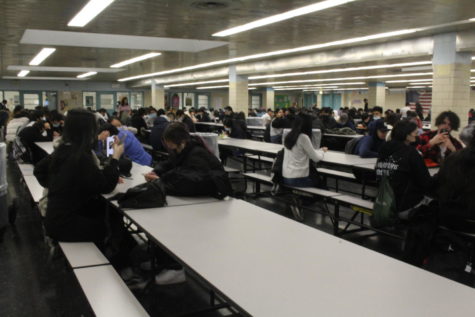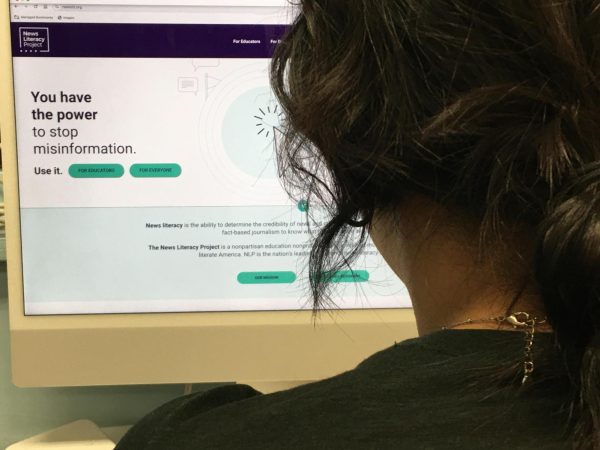Student Loan Interest Rates Are Not in Your Best Interest
Imagine yourself graduating from college and being presented with the most amount of opportunities you’ve ever had in your life. For the first time you feel like you have full control over your future. Then imagine you get a job and can make your own money. You finally have real freedom. So what are you going to do? Buy a car? Save up for a house? Plan a trip? The possibilities are endless… but wait, something stops you, and all of a sudden your dreams are put on hold. What could possibly stand in the way of you and your freedom you ask? Well the answer is simple – student loans.
Student loan debt in the U.S. has tripled over the last decade, and is a greater burden than credit card debt or auto debt. For many students, student loans hinder them when trying to continue their lives since they have to pay back their debt instead of saving money for other purposes. And while students should pay back the money they owe, the interest rate is unreasonably high and makes it almost impossible to pay off their debt.
One would think that student loans would have one of the lowest interest rates since newly graduated college students need to look for jobs without the best salary when they first get out of school. However, student loans have one of the highest interest rates compared to many other types of loans and it keeps rising every year. Additionally, interest rates for student loans keep rising every year. In the 2017-2018 school year the interest rate was 4.45% for undergraduate and graduate degrees, and in the 2018-2019 school year, the interest rate raised to 5.05% for undergrads and 6.6% for graduates.
According to a Project on Student Debt, 68% of 2015 bachelor degree recipients graduated with student loan debt, averaging $30,100 per borrower. This means that with a standard repayment plan (about 10 years), and an interest rate of 4.66%, these students will have to pay $314.28 per month to pay off their debt. This may seem somewhat feasible, but keeping in mind that most students have other expenses such as rent, groceries, and transportation fees, having an extra payment can be hard to manage.
In fact, these monthly payments may be so difficult to keep up with that some students may start postponing their payments, otherwise known as putting loans into forbearance. While this may sound like a good idea at first, it is only a temporary solution. The interest will continue to accrue during this period and the bill will come back even higher than before. For example, if someone first owed $500 a month and put their loan into forbearance for about 3 years, the monthly bill will resume at $700. This may be shocking to many people and if they aren’t ready for the payment increase, this can put them into further debt.
Some may argue that if students decided to take out loans they should know the consequences of the interest rates, however many people don’t have any other choice but to take out loans since they don’t have the means of paying for college entirely by themselves. On average in the 2016-2017 school year, 11% of undergraduate degrees are covered by student savings, 23% are covered by parents’ savings, and 35% are covered by scholarships. However, this only makes up 69% of the amount needed to pay for college tuition. This leads students to cover the other 31% by taking out student loans, simply because they can’t afford to go to college without them.
So now, picture yourself having to pay back your loans again, but this time you can actually afford it. There are no more unreasonable interest rates, you have no worries of falling deeper into the rabbit hole, and instead you begin climbing out of it. Soon enough, you have reached the top and have even managed to save some money along the way. Now you really have true freedom, and you can chase your dreams again just like you hoped for. You’re climbing higher and higher, and with each bit of success you create even more goals to run after. This is how things should be and can be, if only the interest rate wasn’t such a burden to carry.







